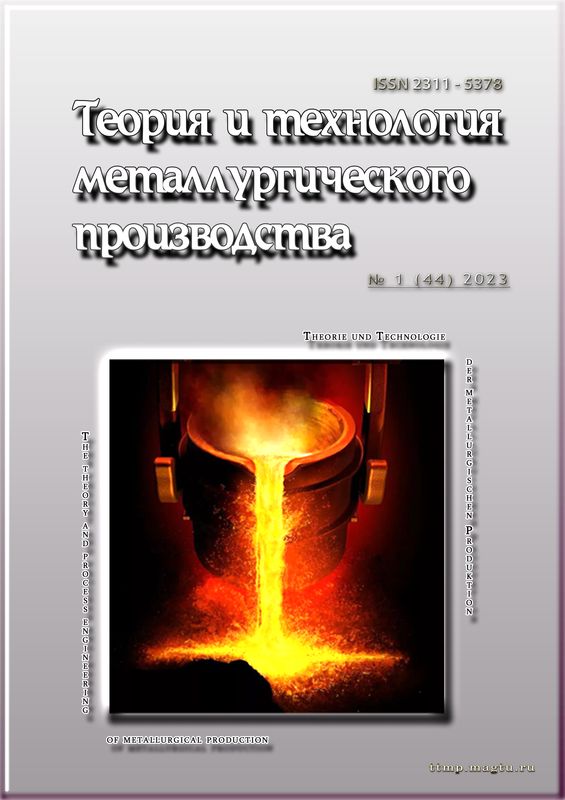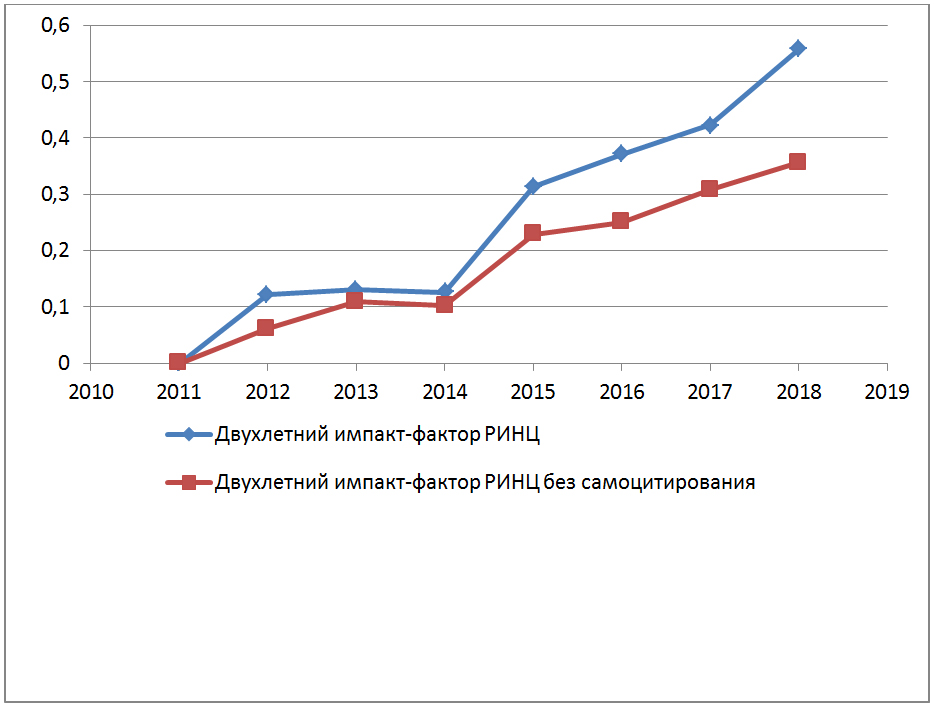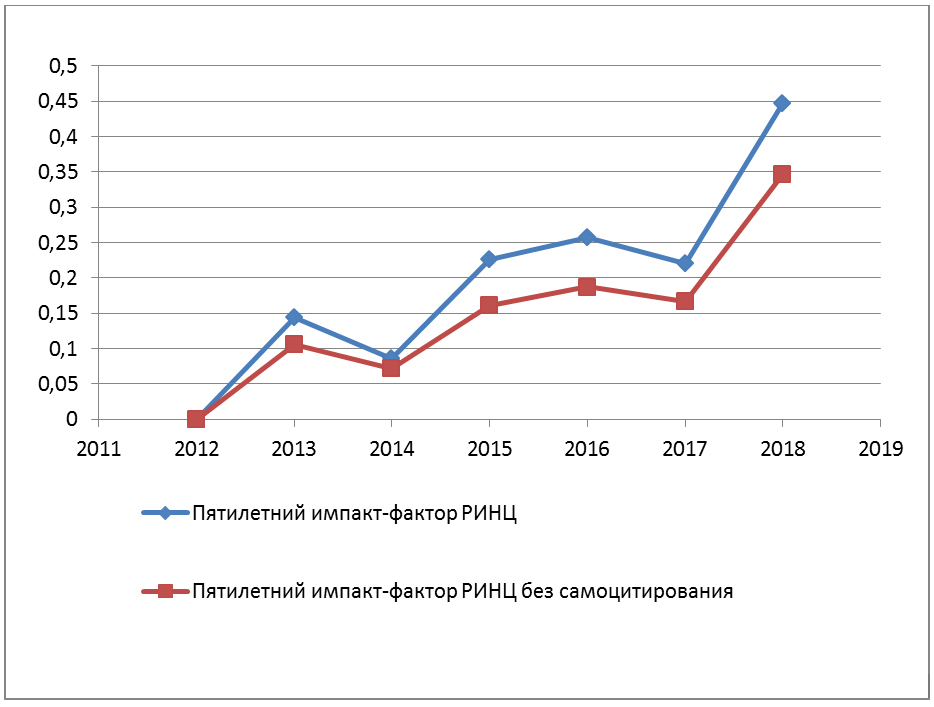Abstract
When using liquid-glass mixtures, along with the advantages, cheapness, hardening of forms and lack of drying, there are a number of problems. The main ones include difficult knockout due to increased sinterability of liquid glass with molding sand. During initial use, the liquid-glass molds were dried in order to accelerate the solidification process (formation of colloidal particles - gel). The drying time of molds made from a mixture with liquid glass was several times less than usual. Further development of the use of liquid glass led to the creation of a process without drying by accelerating the process of chemical hardening of molds and rods. The acceleration of the chemical hardening process is achieved as a result of the treatment of mixtures with liquid glass with carbon dioxide (CO2-process). In this case, the hardening of molds and rods is carried out directly at the workplace and lasts only a few minutes. Blowing the rods with carbon dioxide, the foundry faced another problem affecting the quality of the resulting casting – with prolonged purging, the strength characteristics of the product decrease and the formation of a burn on its surface. Increasing the duration of purging of liquid-glass mixtures with carbon dioxide more than the optimal purging time reduces the mechanical strength of the molding and core mixture. This phenomenon is explained by the presence of sodium bicarbonate (NaHCO3) formed when carbon dioxide is supplied to the liquid-glass mixture in a larger amount than the optimal one. The solution to the problem of reducing the strength of liquid-glass mixtures during prolonged purging with carbon dioxide was an anti-erosion separation coating. The aim of the work is to ensure the stable strength of the liquid-glass mixture when purging with carbon dioxide with the application of a separation coating on the surface of the mold.
Keywords:
liquid-glass mixture, separation coating, carbon dioxide, sodium carbonate, sodium bicarbonate, copper sulfate, strength, prigar.





